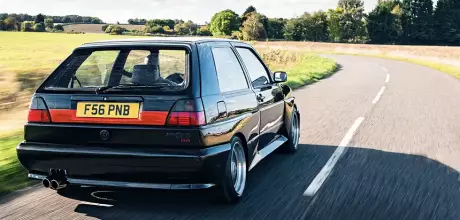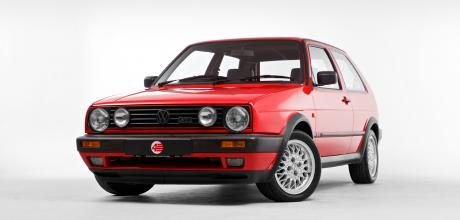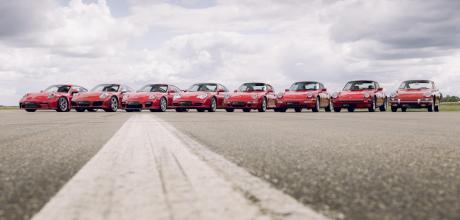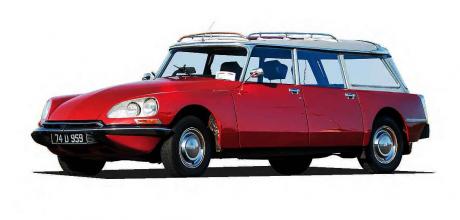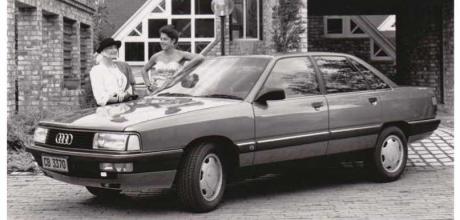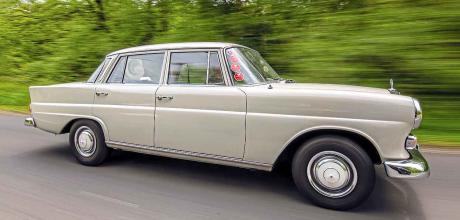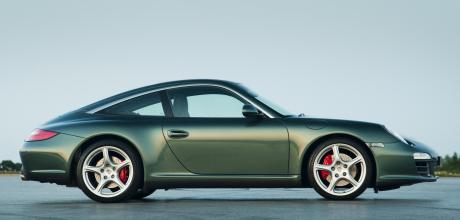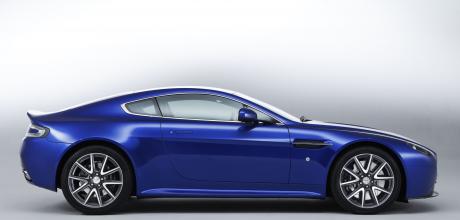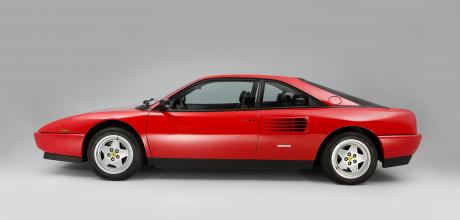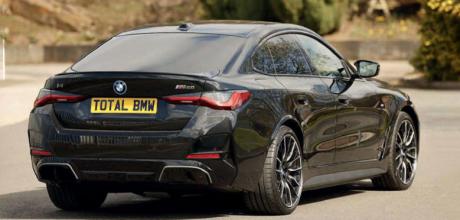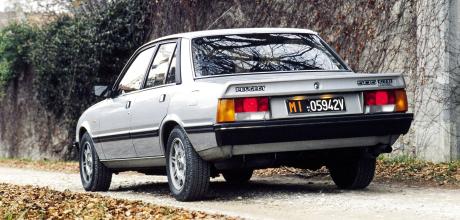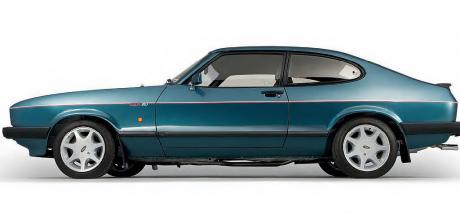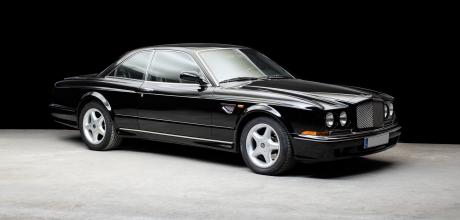Volkswagen Golf MkII From dependable bargain everyman classic to hot hatches and homologation specials, there’s a MkII Golf for everyone – for now. Words CHRIS RANDLE & CHRIS HOPE Photography BAUER ARCHIVE The Golf GTi to buy nowFrom entry classic to ballistic hot hatch, there’s a MkII Golf for you Buying Guide From classic runaround to homologation special: the VW Golf MkII Purists may not want to hear it, but Volkswagen’s MkII Golf is a better car than the MkI – as well as a bargain.
As residual values finally start to rocket for the Mk2 Golf GTI, there’s still time to get in on the action if you’re in the market… but you need to act quick! Our comprehensive Mk2 Golf GTI Buying Guide should help you find the retro hot hatch of your dreams. VOLKSWAGEN MKII GOLF GTI BUYING GUIDEThe Mk2 Golf GTI had some pretty big shoes to fill when it was launched back in 1983.
The Porsche community is mourning the loss of former racing driver and Operations Manager of the Weissach Development Centre, Herbert Linge, who died on 5th January aged ninety-five. Linge played an instrumental role in establishing Porsche’s proving ground and, through his work with motorsport’s governing body, was responsible for the introduction of life-saving measures at race tracks all over the world.
First introduced on the Porsche 911 997 Carrera S in 2005, Porsche Active Suspension Management (PASM) was created to give the best of both worlds at the press of a button, to the driver’s choosing: maximum comfort, or maximum dynamics. Technology explained PASM To understand the technology, we must step back and look at how suspension works. At its core, a suspension’s job is to keep the tyres on the road.
Buyers who can nail down their dream 911 and spec have an easy ride when purchasing. They search, wait and hopefully find. However, not everyone can pinpoint their next 911 so readily. With this in mind, we asked our trade experts what sort of budget gives you the greatest choice of 911 models, as a used purchase? After only the briefest of pauses, Jonathan Ostroff, sales manager at Hexagon Classics, is straight on a figure to work with: “£65,000” he says.
Sensational on its introduction in 1955 and still extraordinary today, the Citroën DS in any of its forms is a comfortable and fantastically stylish classic. The futuristic looks and the sound if unconventional engineering give it a unique appeal that hasn’t dampened almost 70 years on. The station wagon variant – known variously as Safari (UK and Australia), Break (France) and Wagon (USA) – was added to the range in 1958.
Building on the reputation of the Audi 100 in the 1970s and the 200 the decade thereafter, the brand’s 500-badged models were introduced into SA throughout the 1990s. This Ingolstadt-based brand stubbornly avoided the temptation to follow its compatriot brands, BMW and Mercedes-Benz down the route of six-cylinder engines powering the rear wheels.
Bought new by a Ministry of Defence official, this Fintail has spent the decades since in single family ownership criss-crossing Europe. Words RICHARD MASON Photography IAN SKELTON Trans-Europe Express – the well-travelled story of a ‘Fintail’ Mercedes July 1967 – Desmond Thain collects in Stuttgart ‘My dad, Desmond Thain, always had nice cars, Zephyrs and Jaguars,’ says Desmond’s son Philip. ‘But he’d never had a Mercedes before.
The 997 Targa. Chances are you forgot about that one, and indeed the 996 before it. Porsche took a bit of a diversion with the Targa version of the 993, 996 and 997, with these models not coming with the immediate Targa signifier of a rollover bar and expansive wraparound rear glass. The 991 would return to that format, with some added opening and closing automated theatrics, all of which leaves those interim Targa models somewhat overlooked.
Can you afford to buy, run and repair a 4.3- or 4.7-litre V8-powered Vantage that was manufactured between 2005 and 2017? Find out the answers with our comprehensive buying guide.
Looking for an Italian supercar with an added dose of practicality? Then the Ferrari Mondial could be just the thing for you… PRACTICAL PERFORMANCE TECH BUYING THE FERRARI MONDIAL The affordable Prancing Horse BY CHRIS RANDALL CONTRIBUTOR Replacing the 308 GT4, the Pininfarina-styled Mondial delivered supercar looks with four-seater practicality and could be had in coupe and, from 1983, Cabriolet forms.
At the risk of this becoming a list of firsts, let’s start with the fact that this i4 M50 is the first BMW car I have ever owned – although I’m on my second MINI and previously had an S1000 RR superbike if that helps. The i4 M50 also happens to be the first fully-electric BMW car (not SUV) with xDrive and the first BMW EV to be awarded full M-status. Every journey has to start somewhere, but my BMW journey started somewhere else entirely. The first BMW I ever drove was in itself a first, too.
As happened with several Peugeots, the style house of Pininfarina designed the 505. First came the SR and the STI. In 1983, the STI was upgraded to include central locking, electric windows all round, and a new console. As is so often the case, the twodoor coup. was by far the most attractive version, but this one was not officially imported to South Africa. Gallic comfort PACKAGING Deep-pile cloth seat upholstery and well-padded cushions just added to the 505’s luxury feel.
Ford’s final, limited-edition 280 became a collectible classic as soon as it was announced. 37 years on, here’s what you need to know if you’re thinking of buying one. Words Christian Tilbury Photos Magic Car Pics BUYERS GUIDE: Ford Capri 280 What you need to know when buying the final Mk3 Capri.
It bore a great weight of history on its broad shoulders – the Continental name and a decent shout to be the Blower Bentley for the 1990s. With prices spread across such a vast range, what should we look for?



